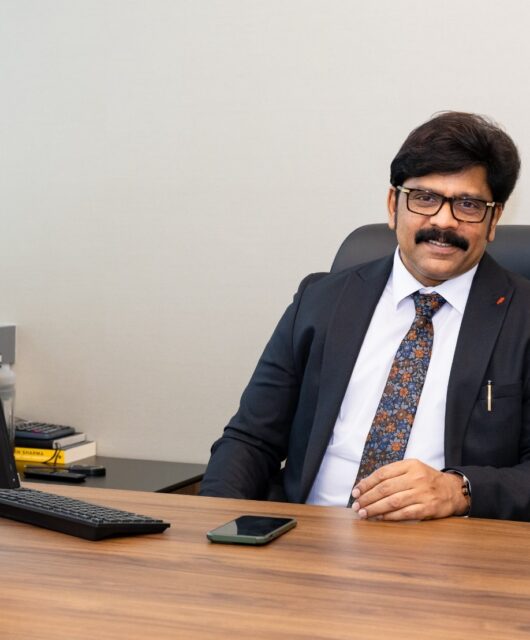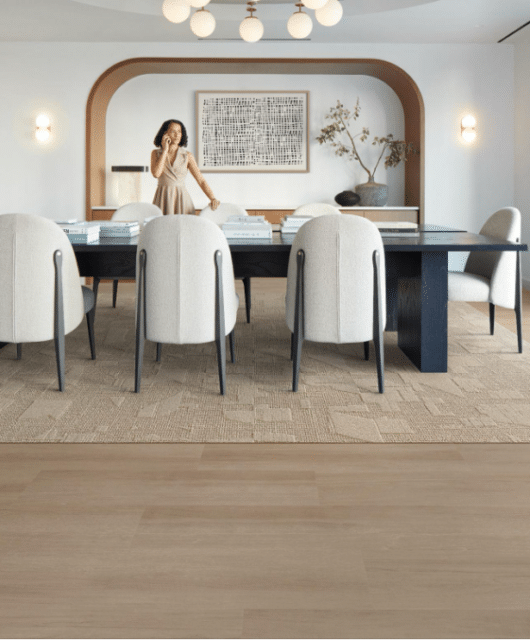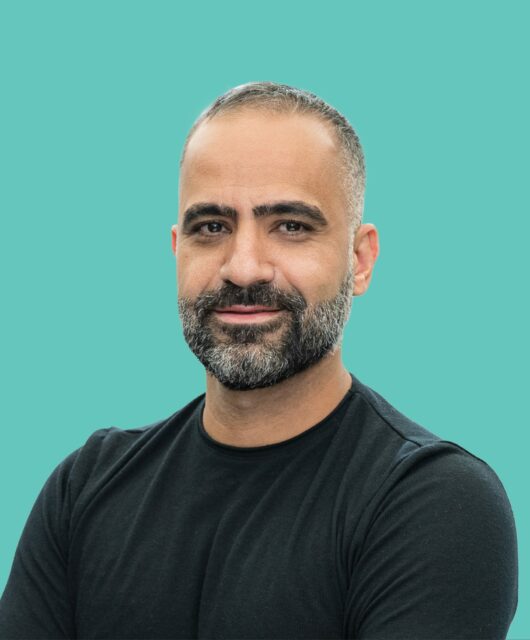 ‘Design & Build’ encompasses more than just convenience, functionality, and efficiency, according to
‘Design & Build’ encompasses more than just convenience, functionality, and efficiency, according to
Baha Hamadi, co-founder & CMO of TXM Innovations, each design must have a valid purpose.
Interior design firms are increasingly realising the value of instilling purpose into their work. That is, the technical goal is to perfect the user journey, improve functionality, increase efficiency, and provide convenience. However, how frequently do we see architects and designers considering the social and environmental impact of their work? The issue is two-fold. The purpose is not being embedded as an intrinsic part of business models from inception, and the potential social and environmental contribution is often seen as minimal to the point it will go unnoticed. Unlike an interior design firm with a separate CSR programme, doing business responsibly or having an intrinsic CSR component inside the business model is measured by the amount to which the business’s operations have a social and environmental impact by default. Companies with organically motivated CSR initiatives care, and as a result, they are viewed as better corporate citizens. There are many ways the ‘design and build’ community can contribute to environmental preservation. One way is to adopt sustainability measures using environmentally friendly materials and equipment in design and fit-out works. For example, LED bulbs save over 75% energy as compared to traditional bulbs. LED lights also last longer, operate under cold temperatures, generate no heat or UV emissions, boast a better design, light instantly when switched on, withstand frequent switching, and operate using low voltage.
Another example is the use of plaster. Unlike other types of paint and wall coverings, plaster stands out as an eco-friendly natural material. In addition to its breathability attribute, plaster is free of chemicals and volatile organic compounds (VOCs). Interior designers can also help by installing energy-efficient air conditioners. A high-efficiency air conditioner can reduce household cooling energy consumption by up to 50%, according to estimates. Today, many businesses claim to be driven by purpose and use this aspect as a nice-to-have corporate narrative. The reality is creating and running a business rooted in purpose, with actions firmly entrenched in a structured CSR program, is a life-long commitment. Brand promises must be followed up by actions if we are to effectively address our developing social and environmental concerns. All businesses must take it upon themselves to set their own CSR guiding principles. Action over words and impact, not outcome should be the cornerstone of a sound and authentic CSR strategy. Businesses should also adopt universal and common standards to showcase sustainable value creation while maintaining transparency and accountability. By committing to the World Economic Forum’s Stakeholder Capitalism Metrics, for example, business leaders can join a global coalition of companies providing concise, consistent and comparable metrics and disclosures for the benefit of all stakeholders. Our vision is to nurture and pioneer an innovation culture, giving birth to futuristic thinking and applications for the betterment of the economy, the people and the environment. One of our core values is serving the people and protecting the planet. We strive to preserve the environment in every aspect of our work.

From optimising energy efficiency across our operations to the use of environmentally friendly material and equipment across our product line, we are committed to playing our role and making humble contributions to the Sustainable Development Goals (SDGs). The Decade of Action (2020-2030) to deliver the SDGs (2015-2030) represents an opportunity for MENA’s homegrown startups and venture capital investors to show the world that there is more to unicorn status than scale-up, expansion and profit. If every startup is born with a builtin moral obligation to contribute, and its sustainability commitments hold after becoming a unicorn, then we stand a better chance to achieve the SDGs.
Our region is not short of innovative startups being built and supported to reach a value of over a billion dollars in a few years, so why don’t we see emerging businesses joining the billion-dollar social impact club in such a short time span? The UN Millennium Development Goals (MDGs, 2000-2015) did make a difference. But was it enough? While the MDGs helped us improve the state of the world to a certain extent, we didn’t manage to accomplish the desired environmental and socio-economic change such as eradicating poverty and achieving universal primary education. For the SDGs to yield more successful results, the collective sustainable impact of companies should go hand-in-glove with business growth. Social entrepreneurship, or the creation of a firm with a purpose at its core, is likely to help us in addressing some of the world’s most pressing concerns. The actions of the small, medium and large enterprises over the next nine years will primarily determine whether we eliminate some of our most severe problems or prolong them for another 15 years.







